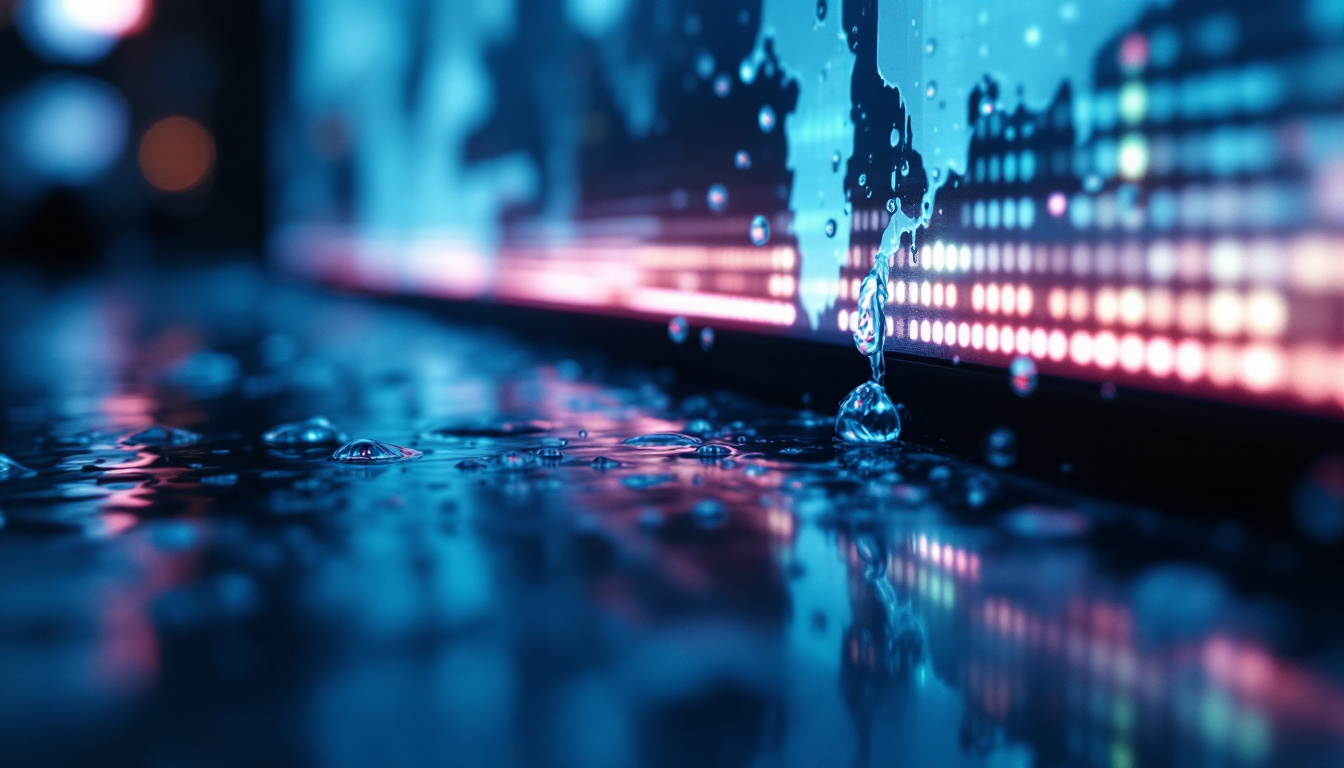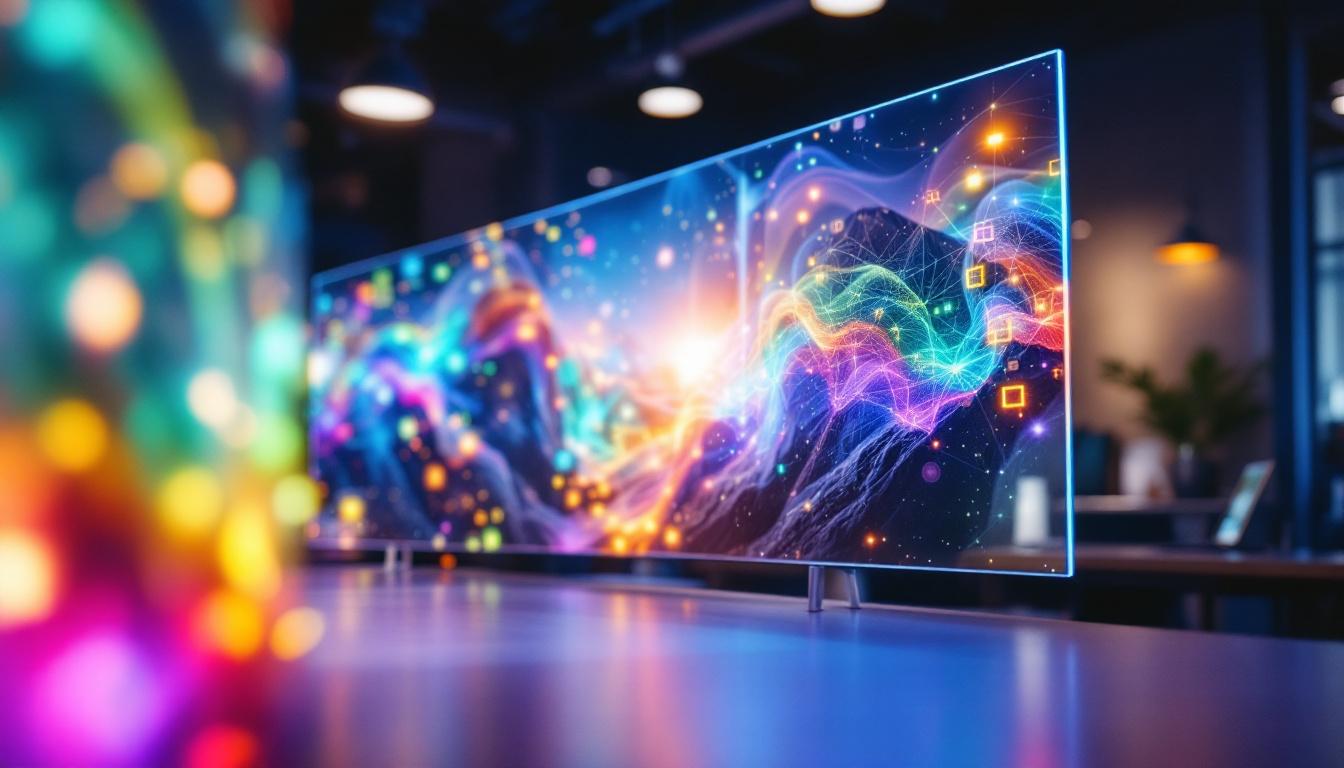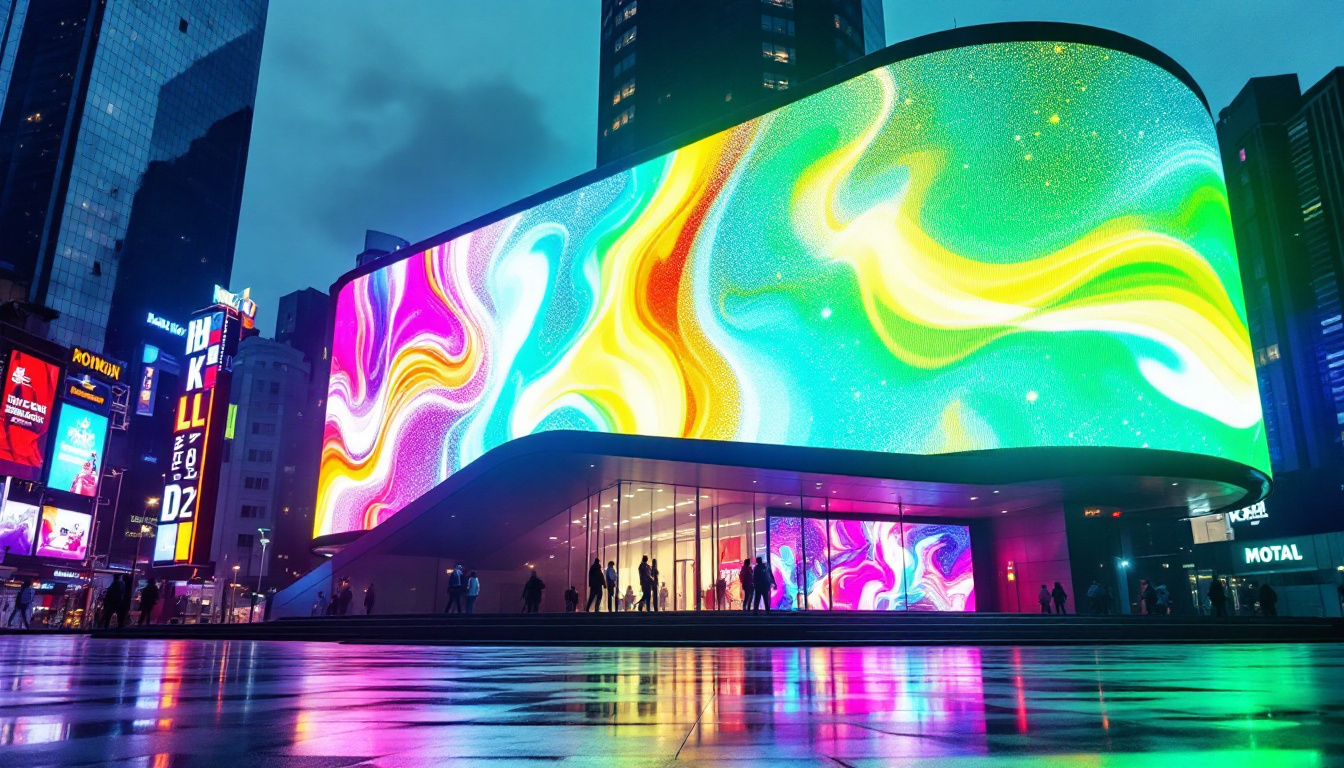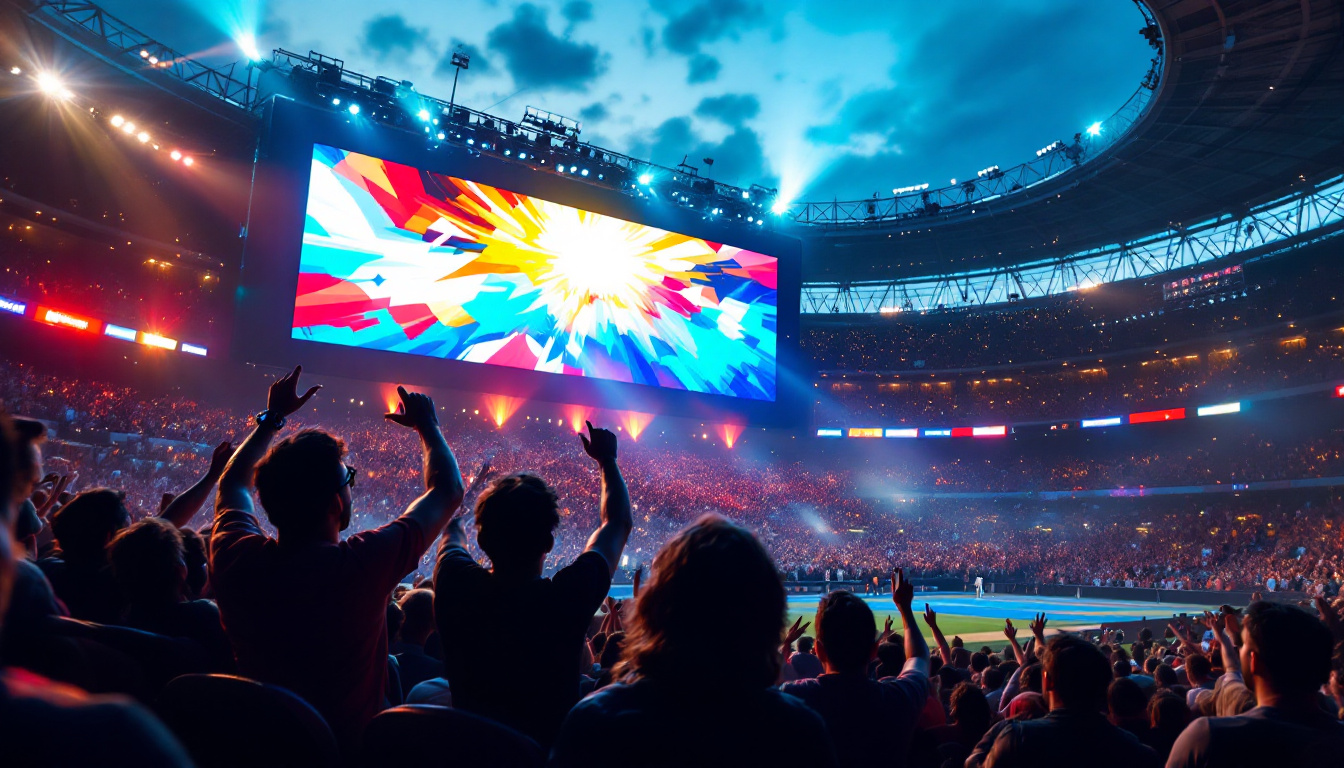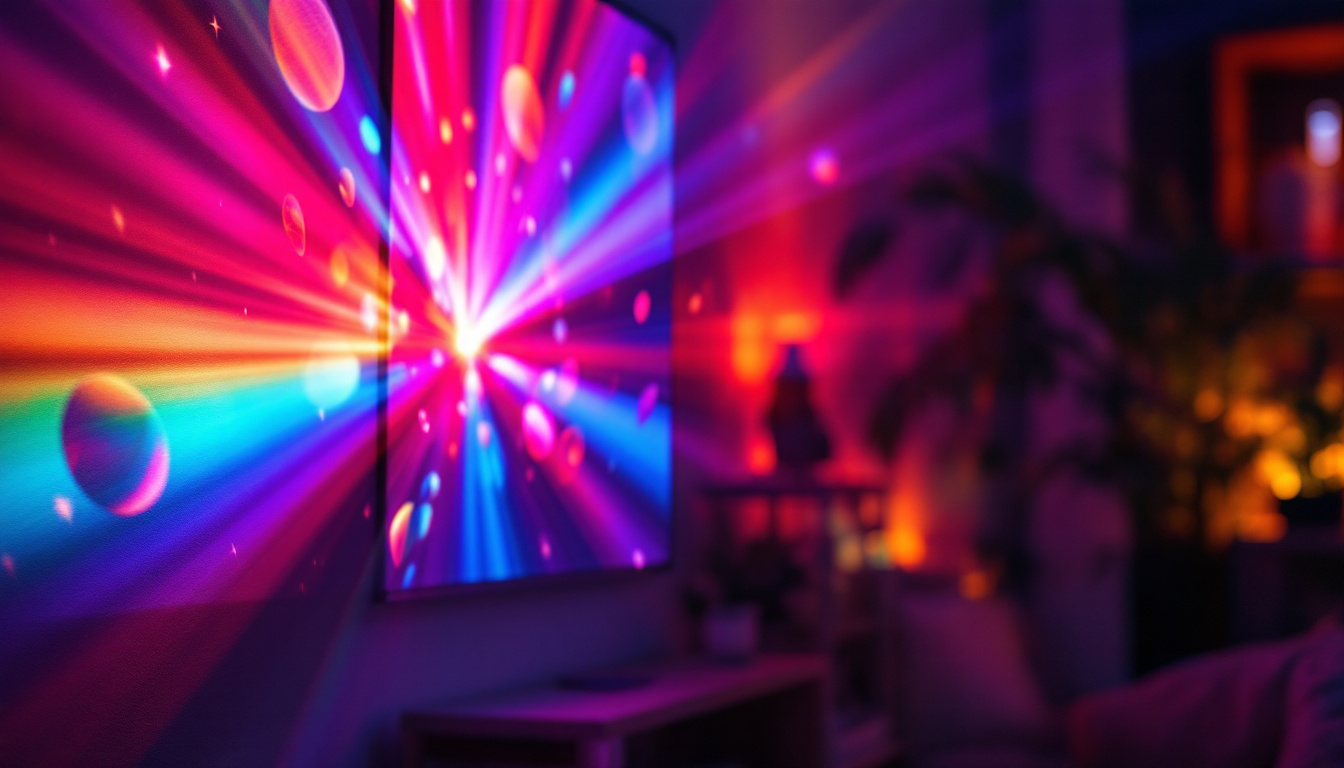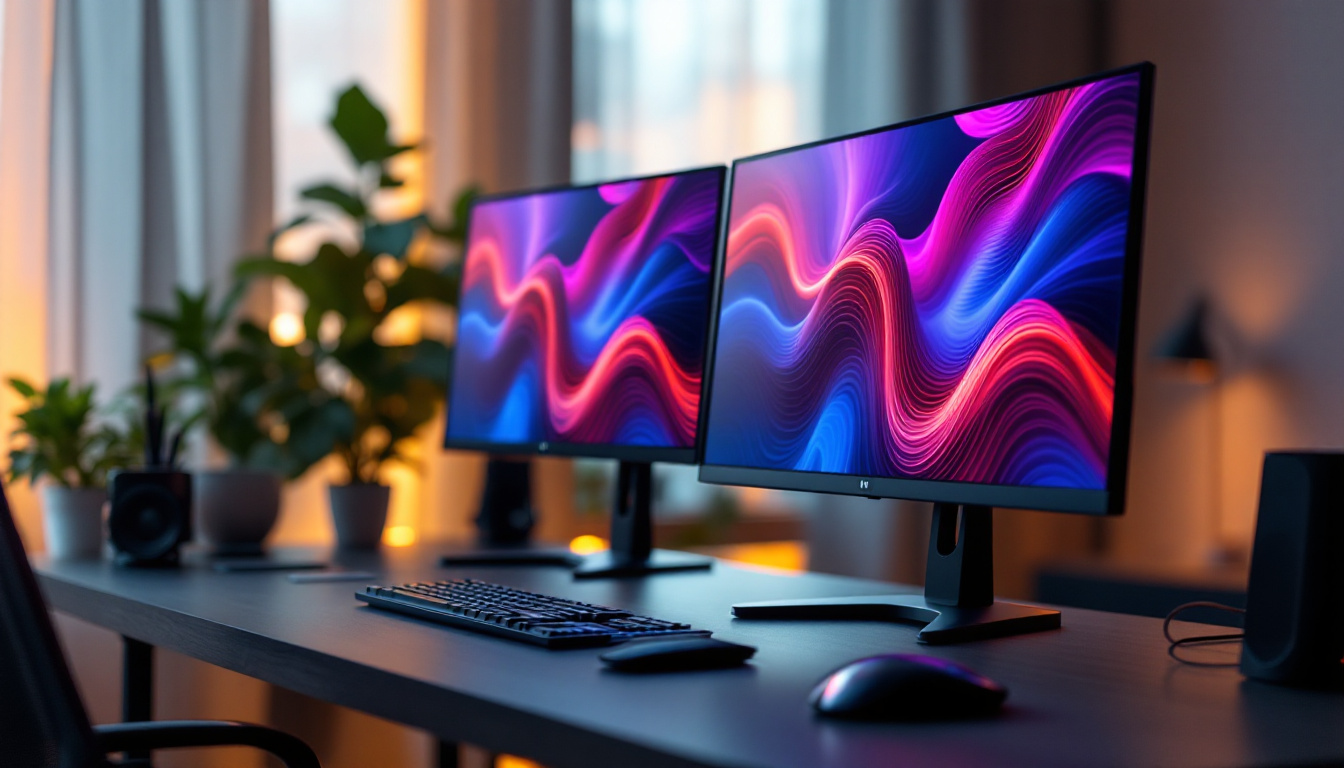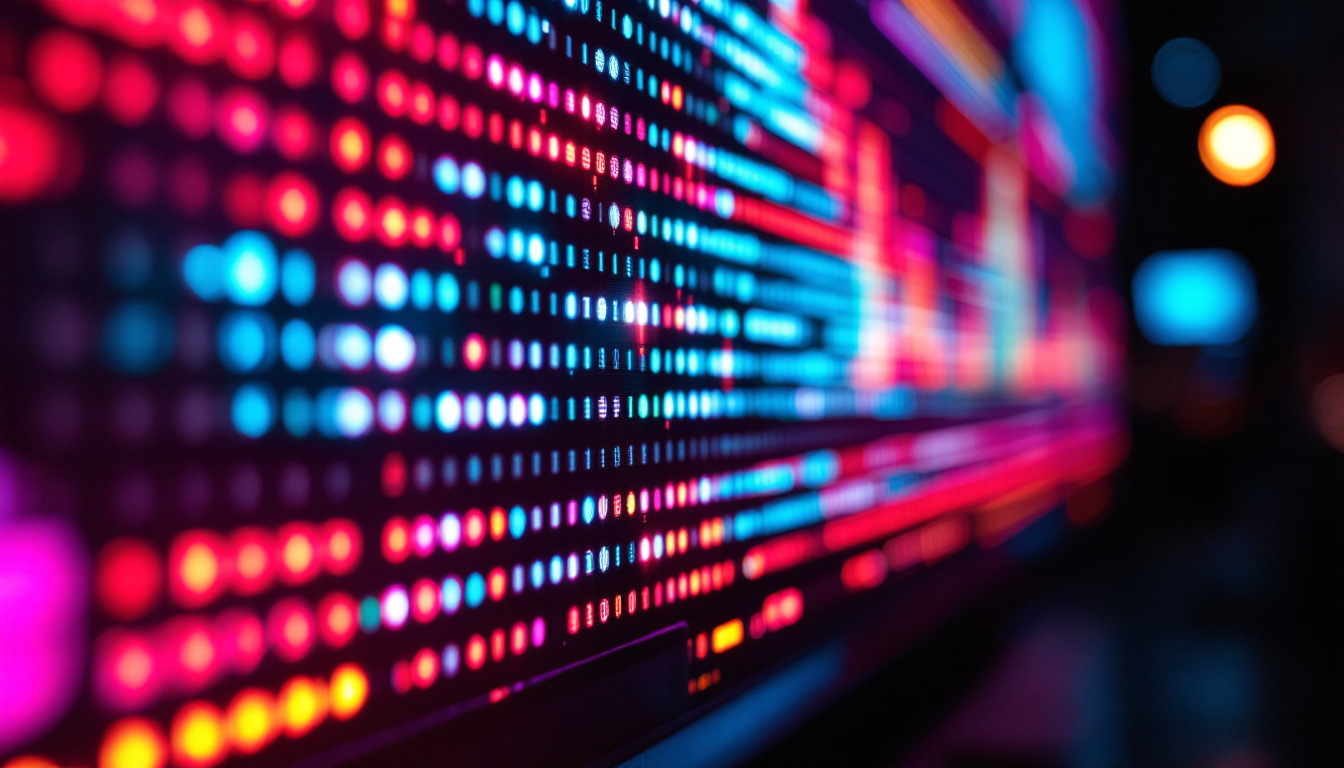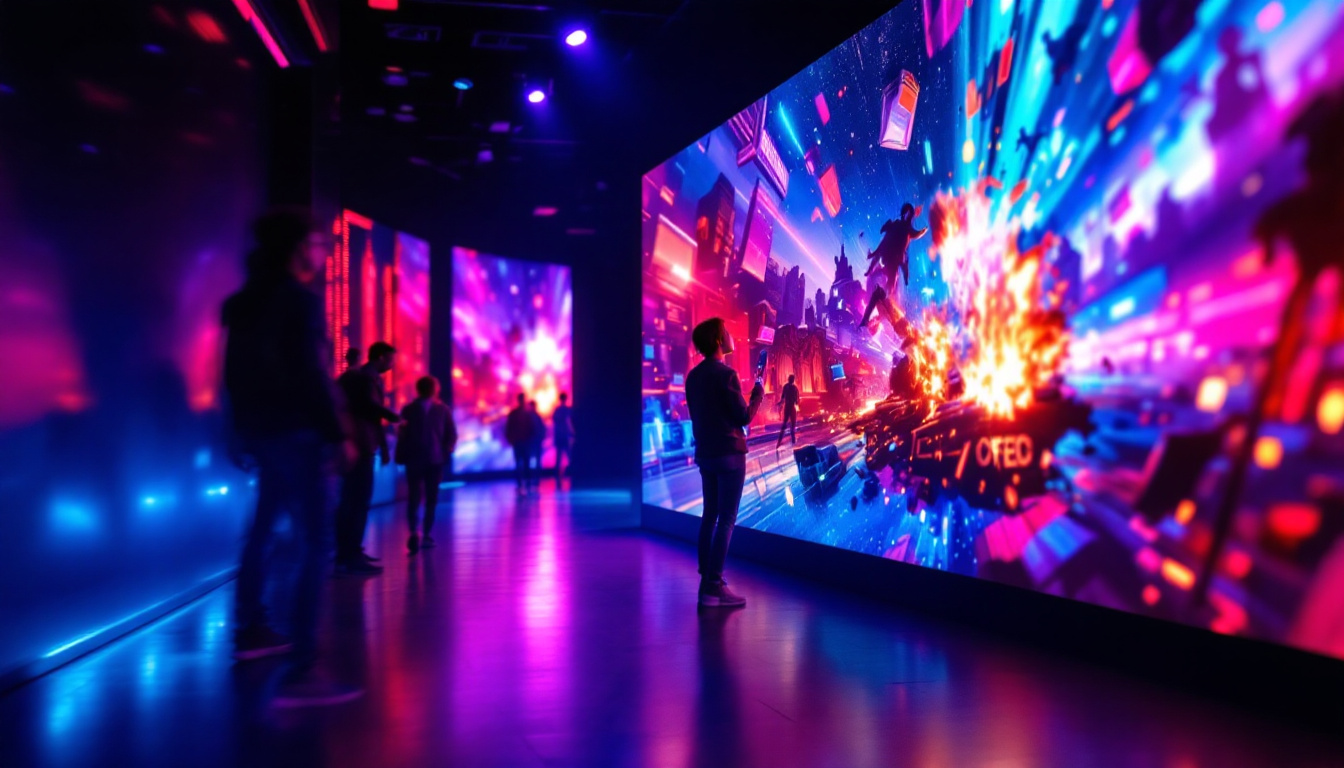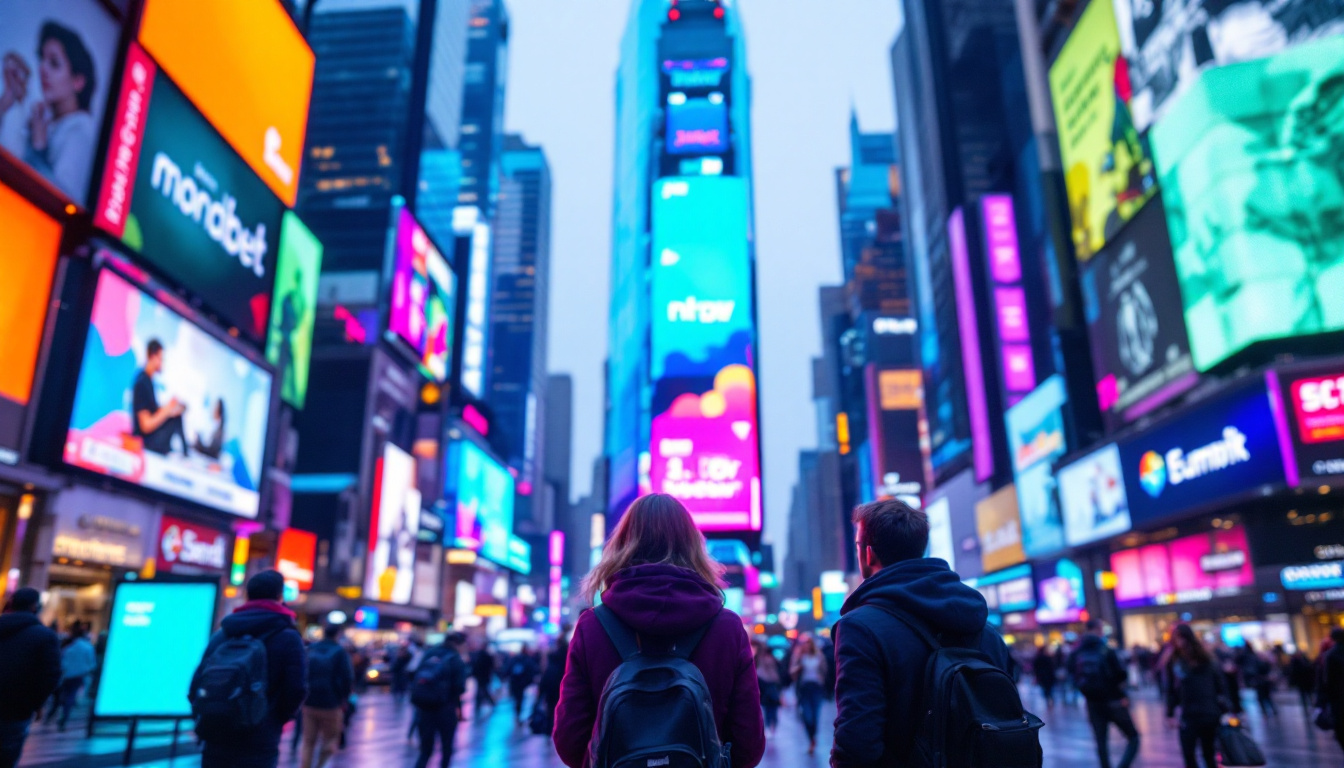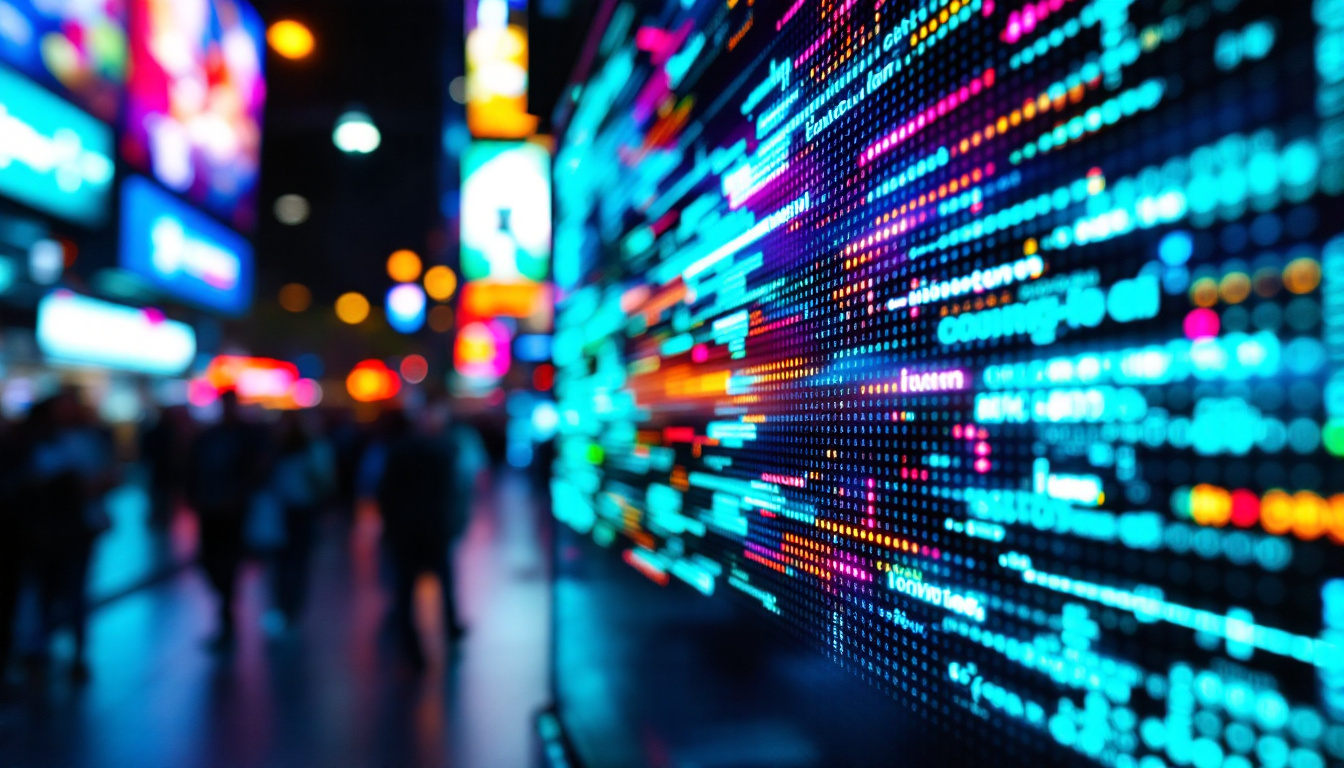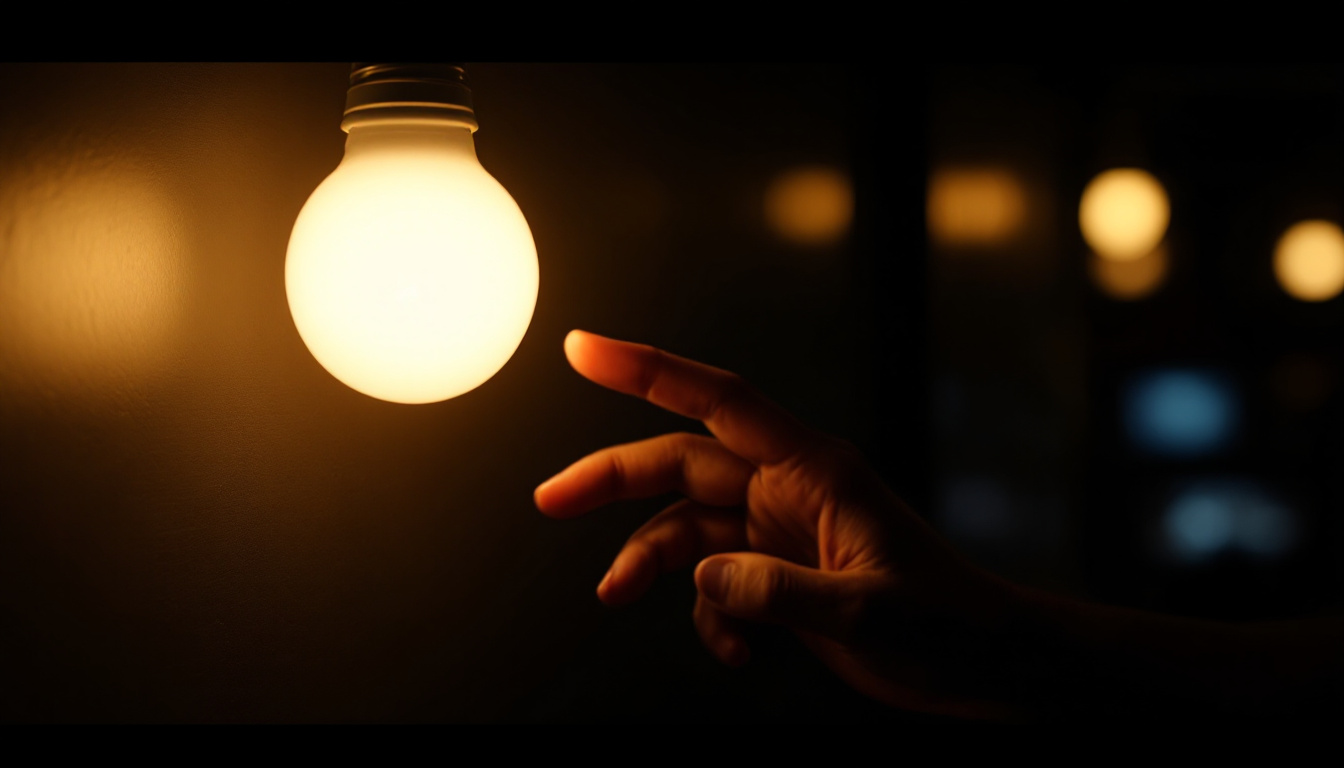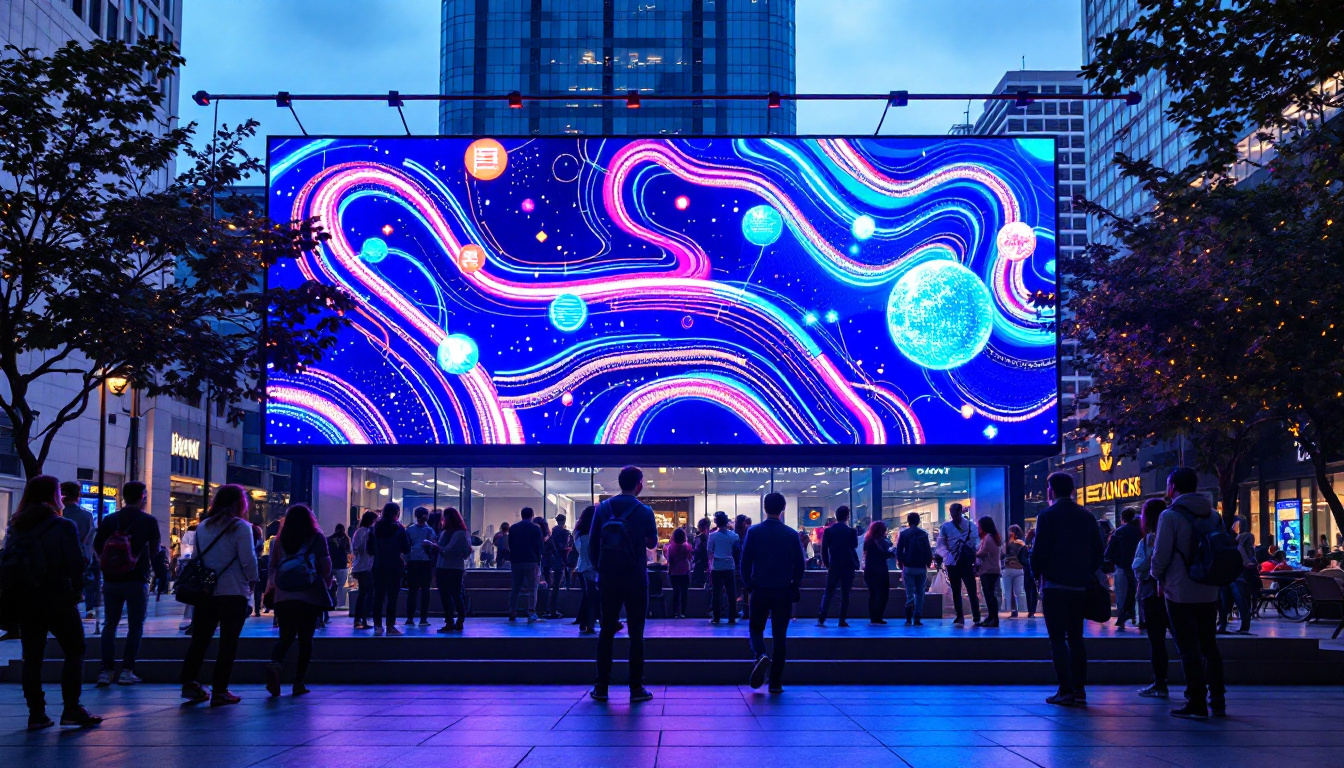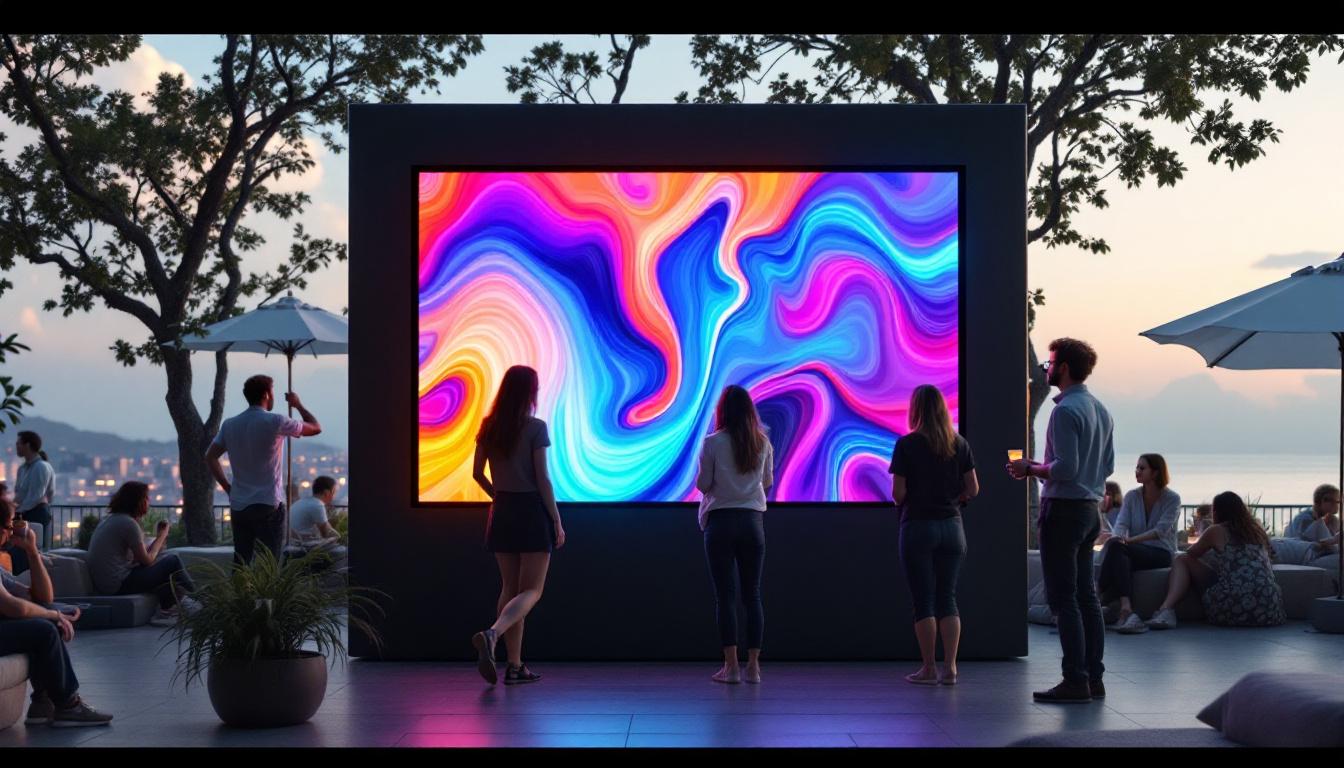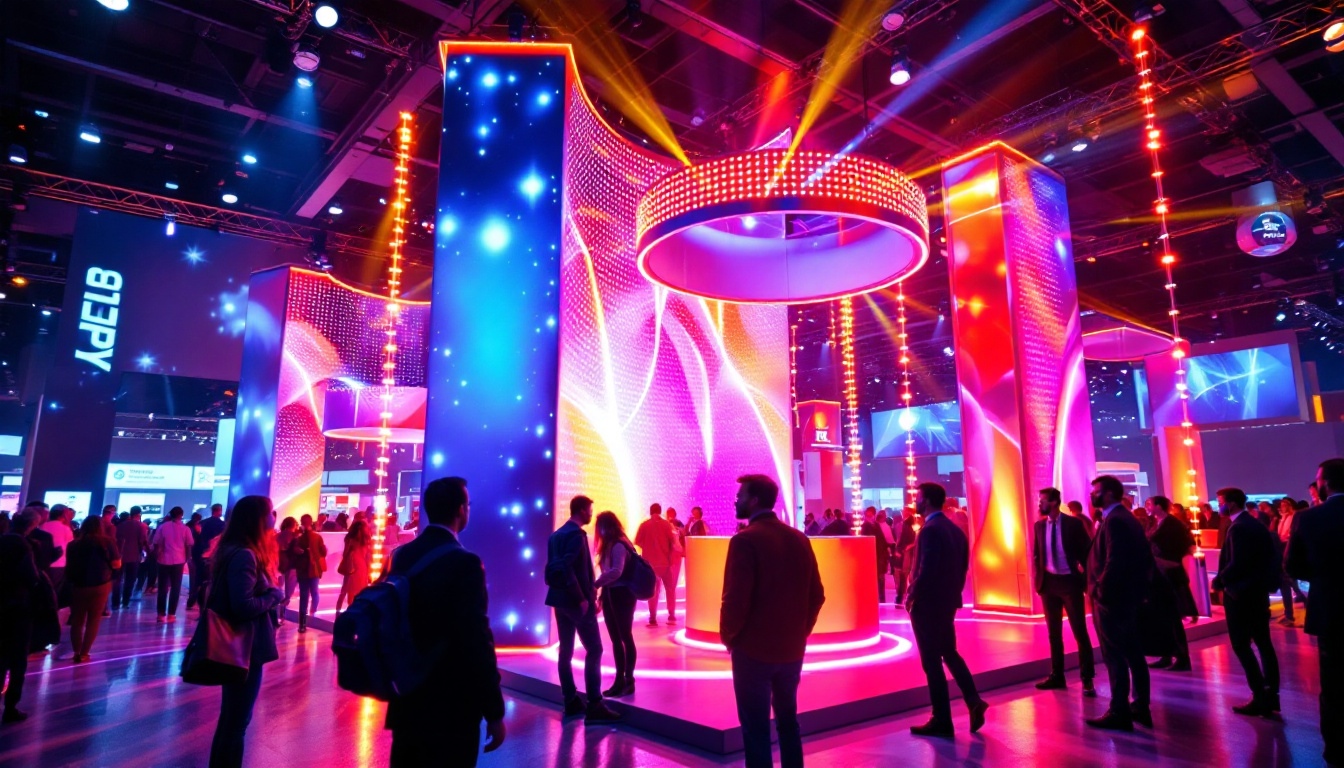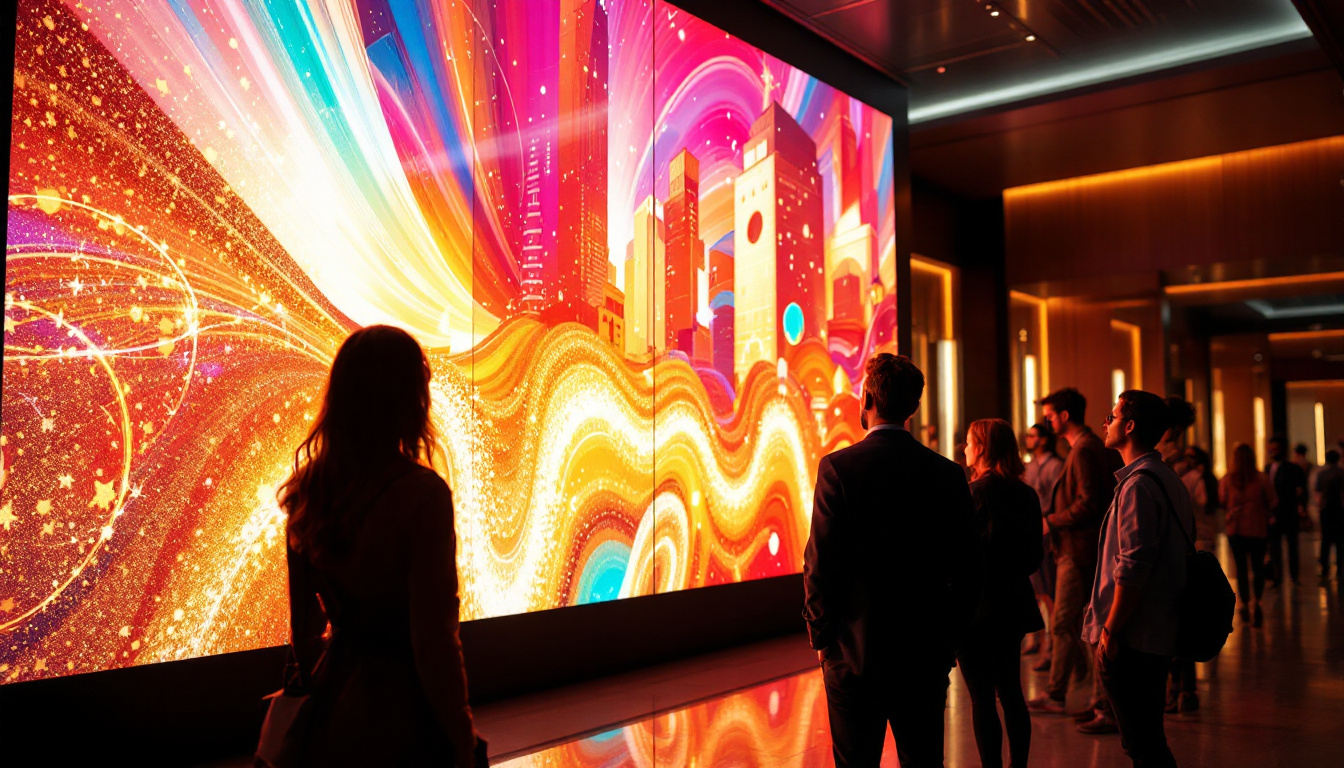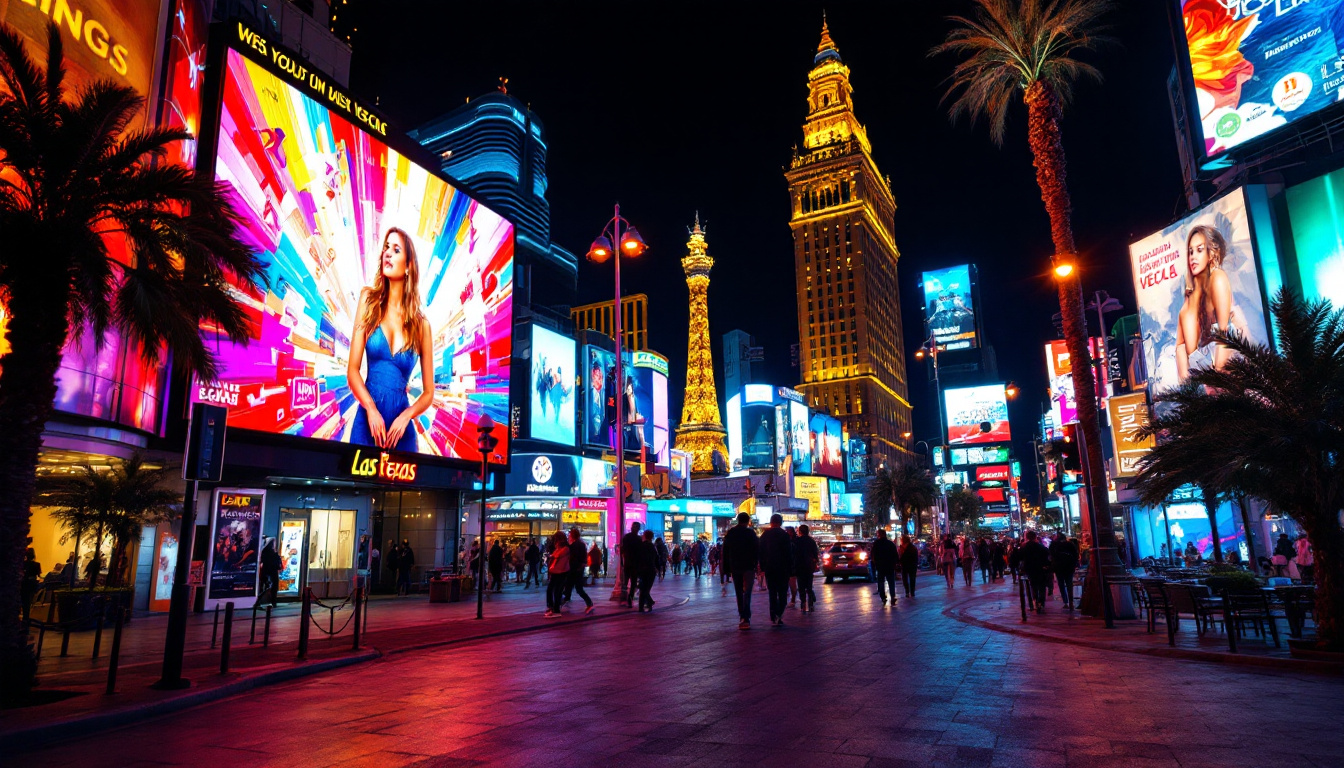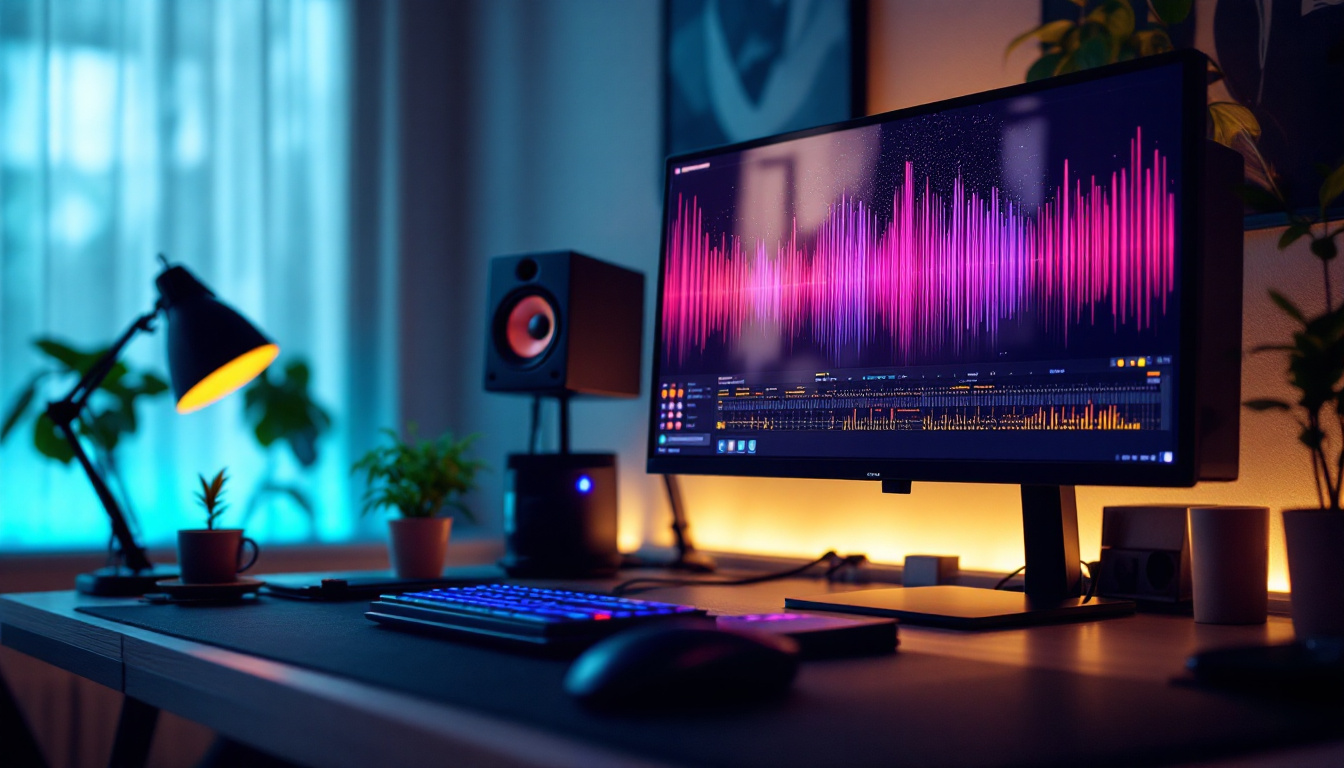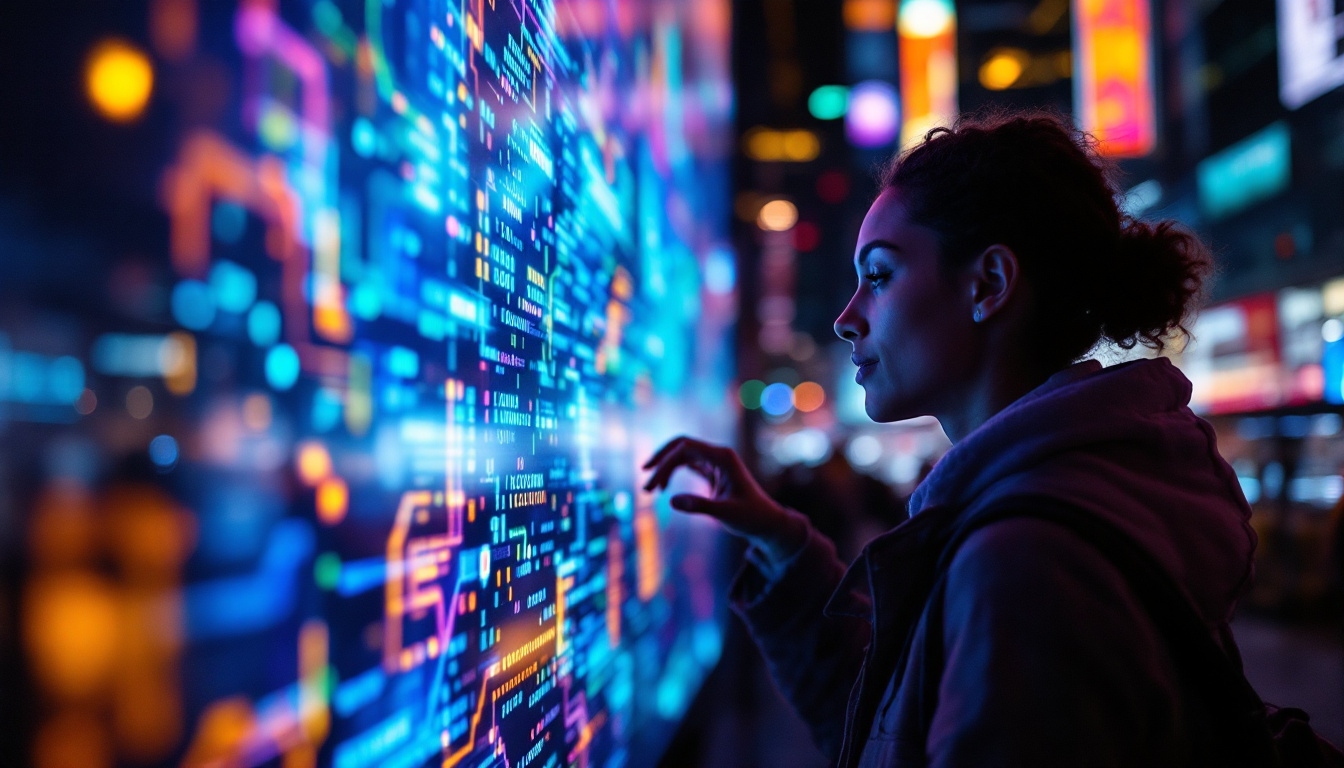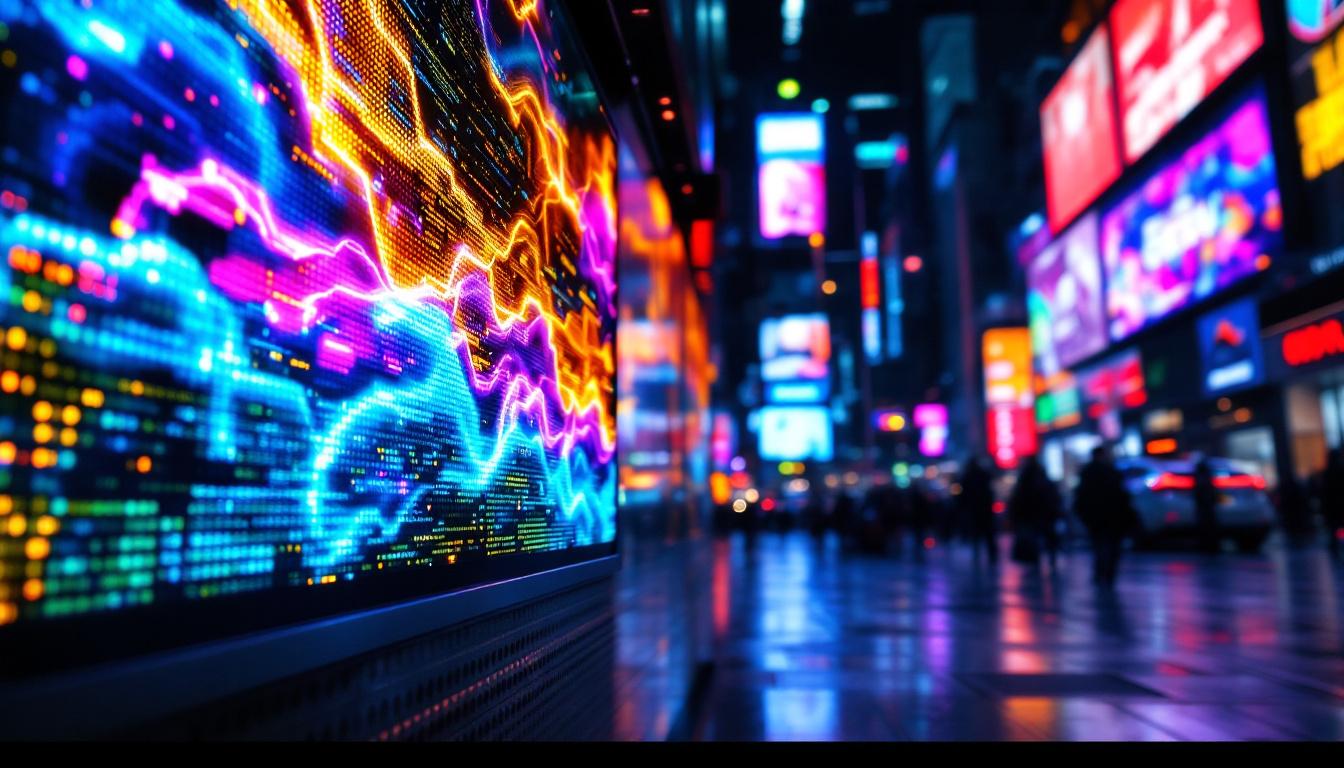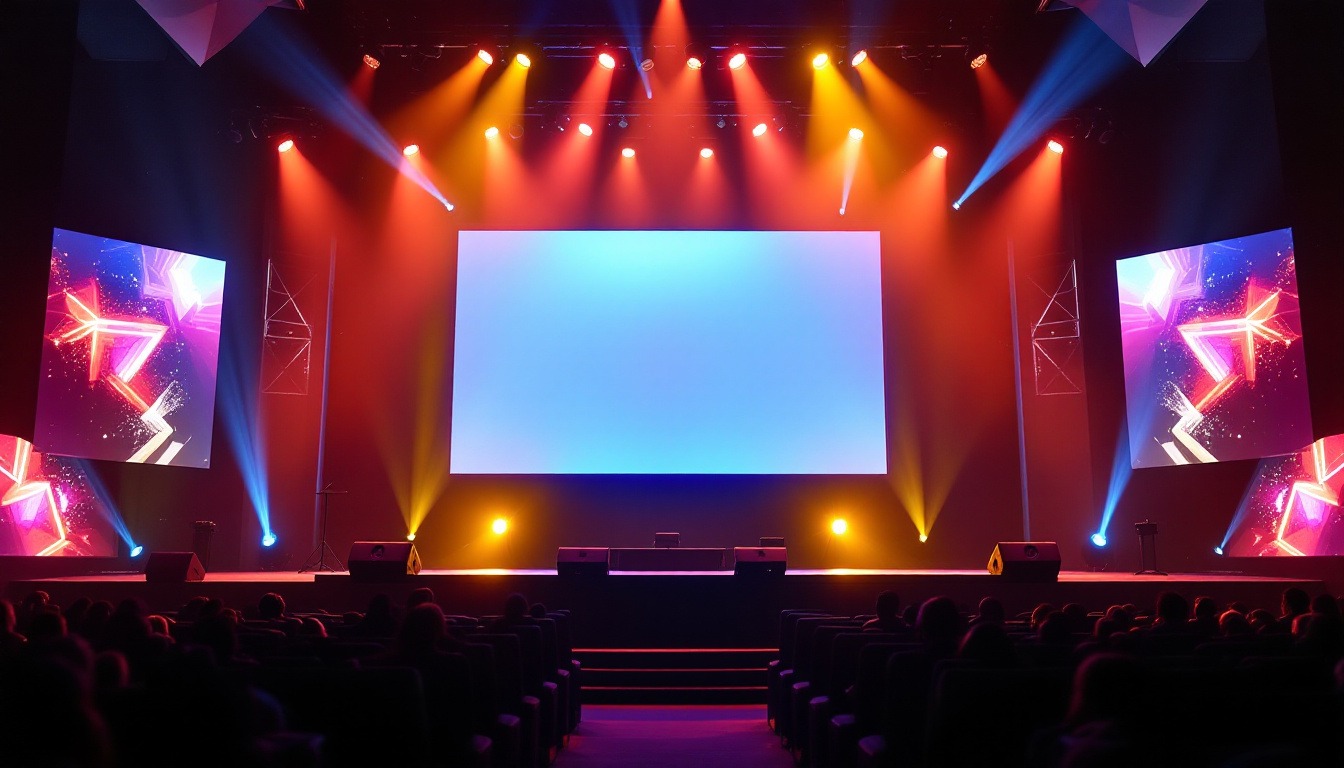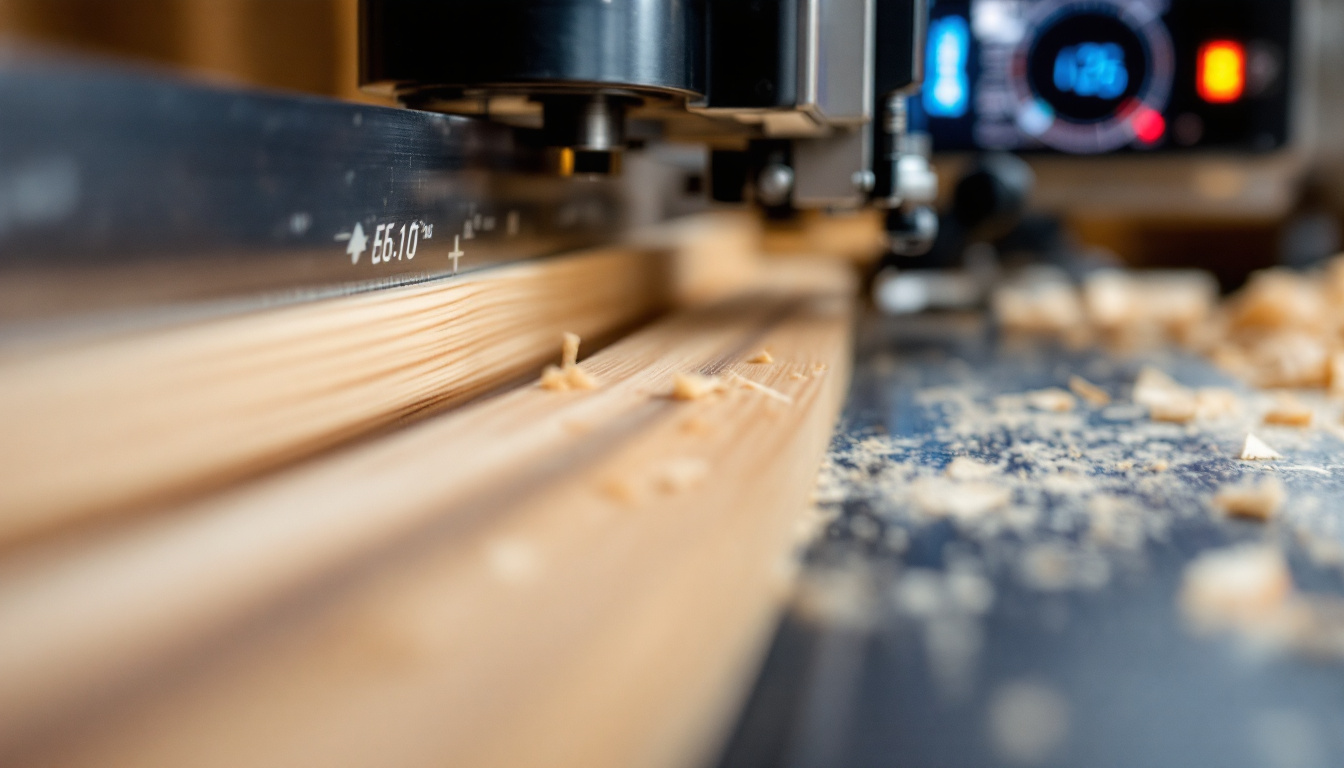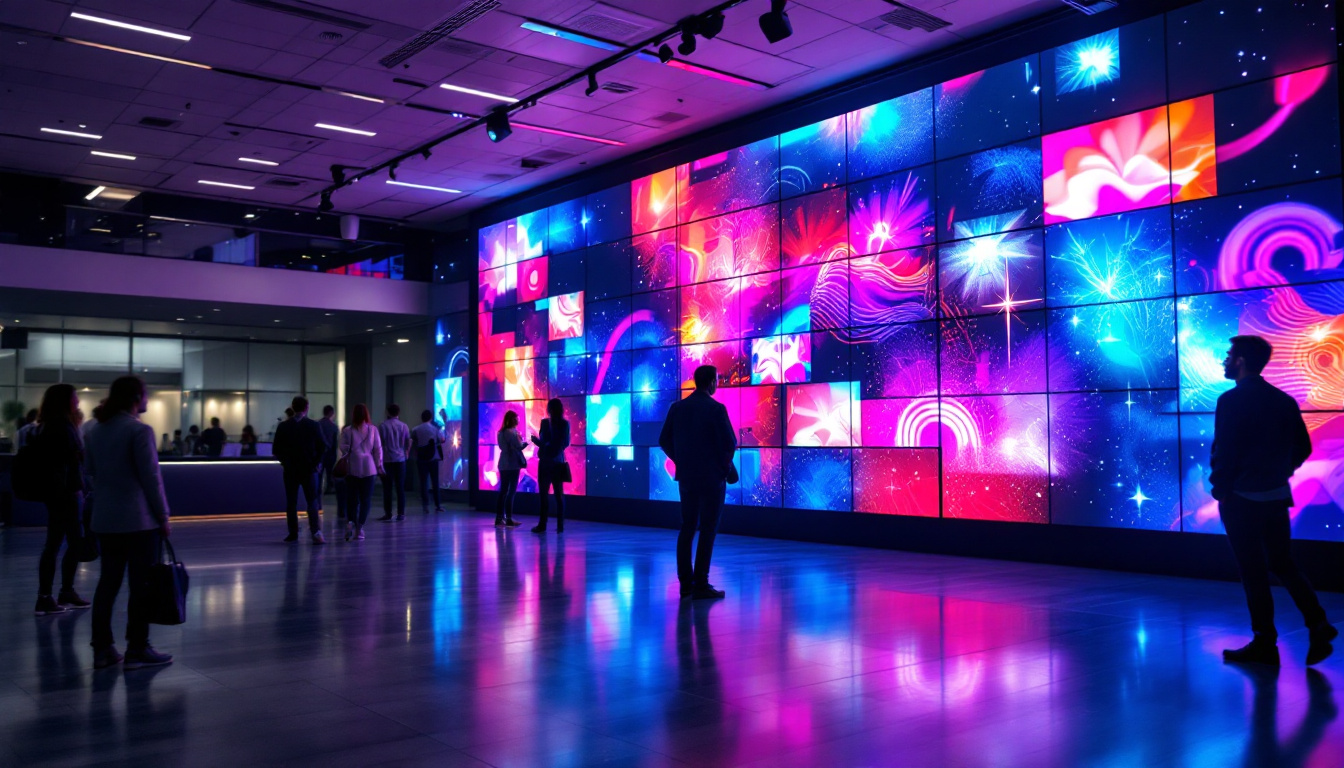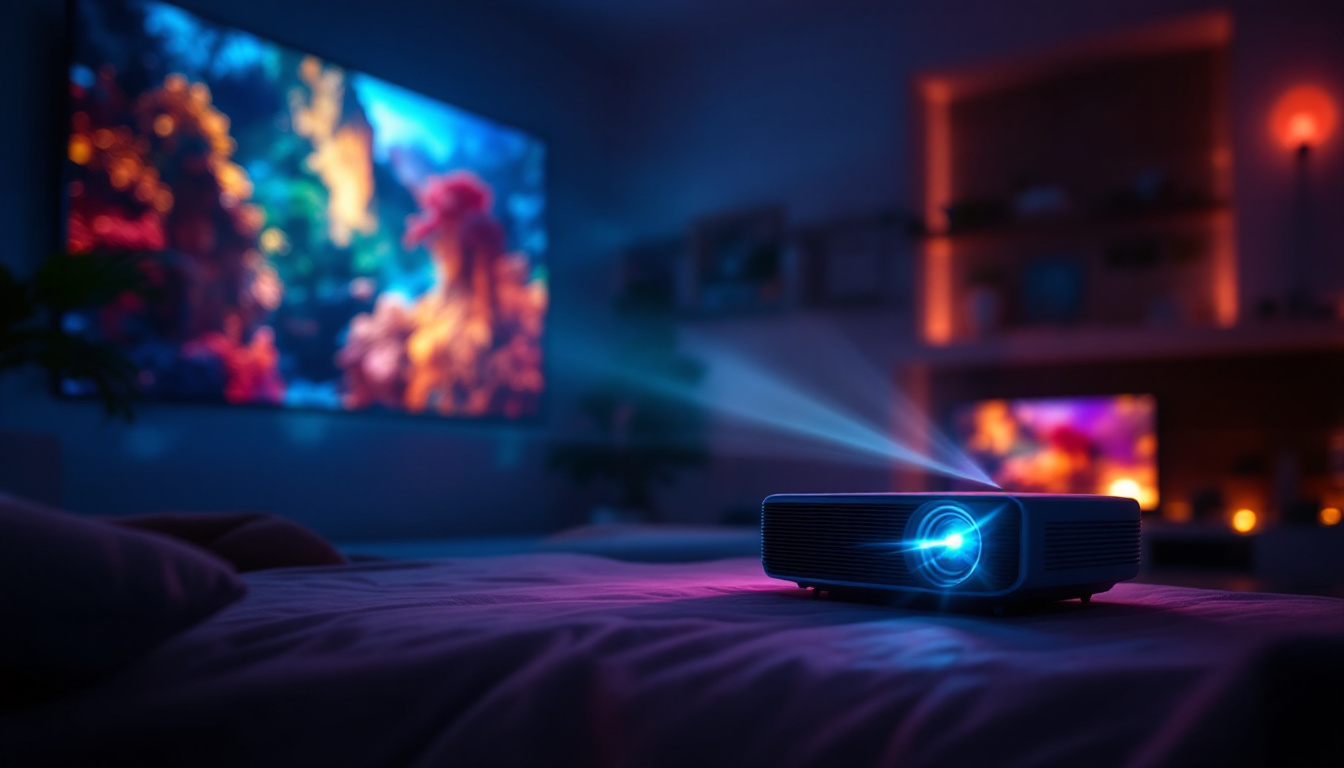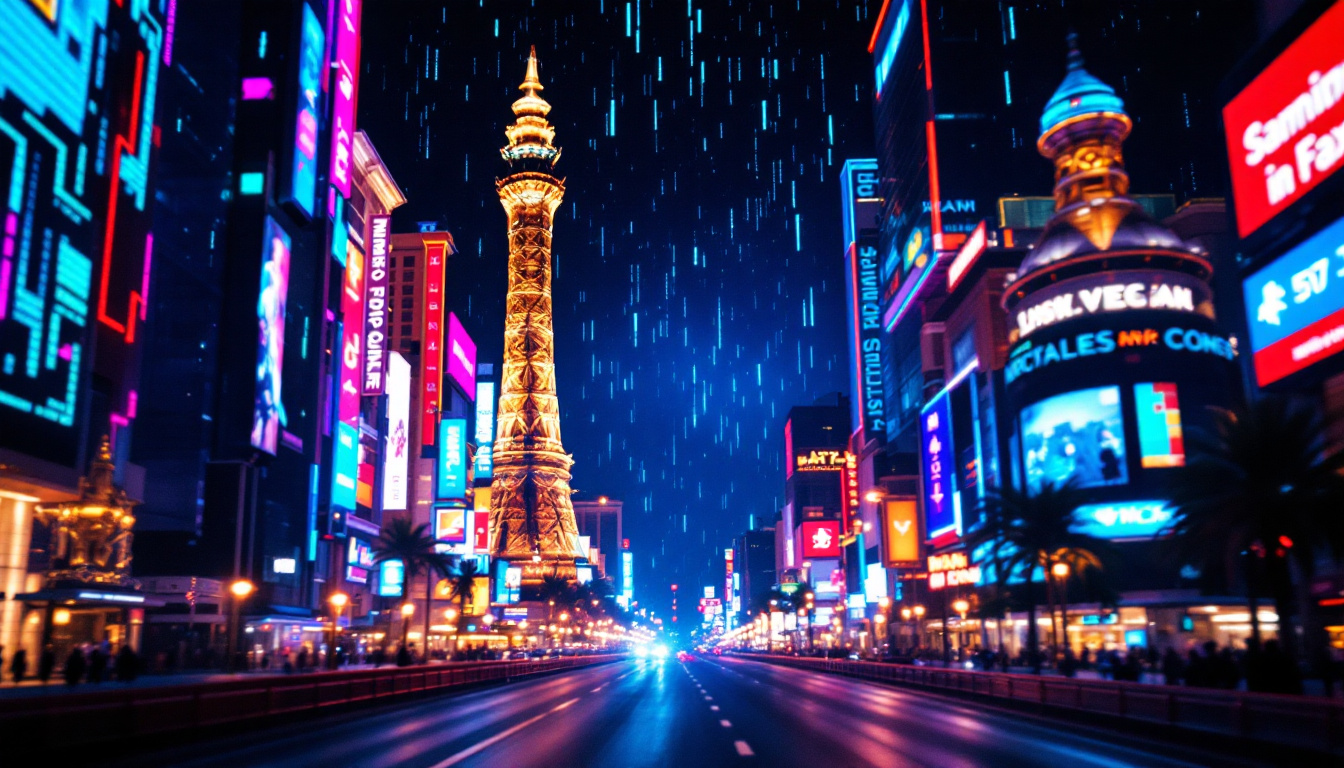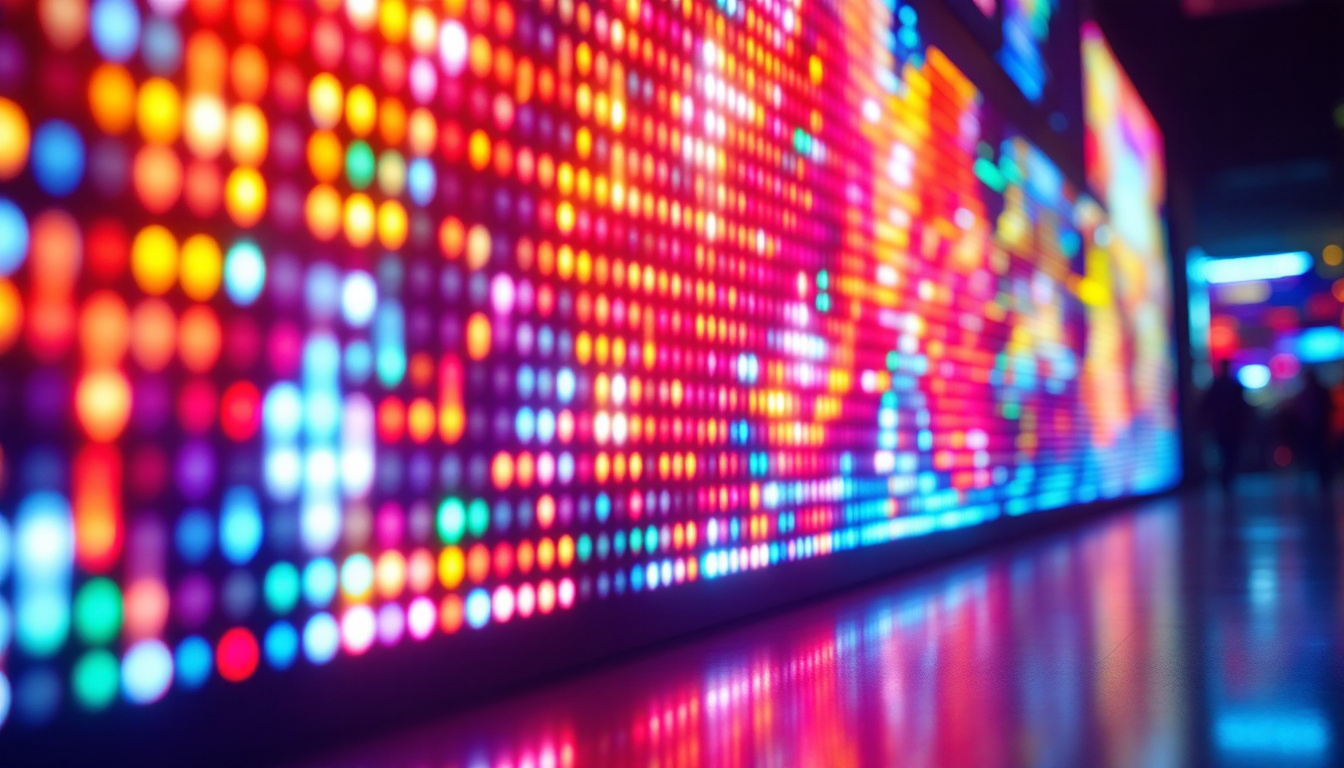LED screens have revolutionized the way information is displayed, from advertising billboards to televisions and computer monitors. However, despite their many advantages, these displays are not immune to water damage. Understanding how water affects LED screens is crucial for both consumers and businesses alike. This article delves into the intricacies of LED technology, the impact of water damage, and preventive measures to ensure longevity.
Understanding LED Technology
Light Emitting Diodes (LEDs) are semiconductor devices that emit light when an electric current passes through them. This technology has gained immense popularity due to its energy efficiency, brightness, and versatility in various applications. From household lighting to large-scale advertising displays, LEDs have revolutionized the way we illuminate our surroundings and convey information.
How LED Displays Work
An LED display consists of numerous tiny diodes that collectively create images and videos. These diodes are arranged in a grid format, and each pixel is made up of red, green, and blue (RGB) sub-pixels. By adjusting the intensity of each sub-pixel, a wide range of colors can be produced, resulting in vibrant and dynamic visuals. The precision with which these colors can be mixed allows for stunning displays that can captivate audiences, whether in a concert setting or on a digital billboard.
LED displays can be categorized into two main types: direct view and backlit. Direct view displays are composed entirely of LEDs, while backlit displays use LEDs to illuminate a liquid crystal display (LCD) panel. Both types have their unique advantages, but they share a common vulnerability: susceptibility to water damage. This concern has led to the development of protective coatings and enclosures that enhance the durability of LED displays, making them suitable for outdoor use in various weather conditions. Additionally, advancements in technology have led to the creation of flexible LED displays, which can be shaped to fit unconventional spaces, further expanding their application range.
Advantages of LED Displays
One of the primary benefits of LED technology is its energy efficiency. LED displays consume significantly less power compared to traditional displays, making them an environmentally friendly option. Additionally, they offer superior brightness and contrast ratios, allowing for better visibility in various lighting conditions. This capability is particularly beneficial in outdoor settings where sunlight can wash out the visibility of conventional screens.
Furthermore, LED screens are known for their longevity. With a lifespan of up to 100,000 hours, they outlast many other display technologies. This durability, however, can be compromised by environmental factors such as moisture and humidity. To combat this, manufacturers are increasingly incorporating advanced thermal management systems that help to dissipate heat and maintain optimal operating conditions. This not only extends the life of the displays but also enhances their performance, ensuring that users enjoy consistent quality over time. As a result, LED technology continues to be a preferred choice for both commercial and residential applications, paving the way for innovative uses in the future.
The Impact of Water Damage on LED Displays
Water damage can have severe consequences for LED displays, leading to malfunction, reduced performance, and even complete failure. Understanding the mechanisms of water damage is essential for effective prevention and remediation.
How Water Affects LED Components
When water comes into contact with an LED display, it can seep into the internal components, including the circuit boards and diodes. This can lead to short circuits, corrosion, and other forms of damage. The most vulnerable components are the solder joints and connections, which can degrade over time when exposed to moisture.
Moreover, water can cause the formation of mold and mildew within the display housing, which can further exacerbate the damage. The presence of moisture can also affect the display’s brightness and color accuracy, leading to a poor viewing experience. In addition to these immediate effects, prolonged exposure to moisture can result in the gradual degradation of the display’s overall lifespan, necessitating costly replacements sooner than expected. Furthermore, the environmental conditions surrounding the display, such as humidity levels and temperature fluctuations, can significantly influence the extent of the damage, making it imperative to monitor these factors closely.
Signs of Water Damage
Detecting water damage early can be crucial in minimizing repair costs and restoring functionality. Common signs of water damage in LED displays include:
- Flickering or dimming of the screen
- Discoloration or color distortion
- Visible water stains or moisture on the surface
- Unresponsive touch functionality in touchscreen displays
If any of these signs are observed, it is essential to take immediate action to prevent further damage. In addition to these visible indicators, users may also notice unusual sounds emanating from the display, such as crackling or popping, which can signal internal electrical issues. Regular maintenance and inspection can help in identifying potential water intrusion points, such as seals and gaskets that may have worn down over time. Implementing protective measures, such as using waterproof enclosures or installing drainage systems, can significantly enhance the durability of LED displays in environments prone to moisture exposure.
Preventive Measures Against Water Damage
Taking proactive steps to protect LED displays from water damage can save time and money in the long run. Here are some effective strategies to consider:
Proper Installation and Placement
One of the most effective ways to prevent water damage is to ensure that LED displays are installed in suitable locations. Avoid placing displays in areas prone to moisture, such as near windows, bathrooms, or outdoor environments without adequate protection.
For outdoor displays, investing in weatherproof enclosures can provide an additional layer of protection against rain and humidity. These enclosures should be designed to allow for proper ventilation while keeping moisture out. Additionally, consider installing displays at a height that minimizes exposure to potential flooding or splashing, especially in areas where heavy rains are common.
Regular Maintenance and Inspection
Routine maintenance is essential for keeping LED displays in optimal condition. Regularly inspecting the display for signs of wear and tear, including checking for moisture buildup, can help catch potential issues before they escalate.
Cleaning the display surface with appropriate materials can also prevent dust and debris accumulation, which can trap moisture and contribute to damage. Always follow manufacturer guidelines for cleaning to avoid voiding warranties. Furthermore, it may be beneficial to establish a maintenance schedule that aligns with seasonal weather changes, ensuring that displays are thoroughly checked before the onset of heavy rains or storms.
In addition to visual inspections, consider incorporating moisture detection systems that can alert you to any water intrusion before it leads to significant damage. These systems can be particularly useful in high-risk areas, providing an extra layer of security and peace of mind. By staying vigilant and proactive, you can significantly extend the lifespan of your LED displays and maintain their performance over time.
What to Do If Water Damage Occurs
In the unfortunate event that water damage does occur, prompt action is crucial. Here are steps to take if an LED display is exposed to water:
Immediate Power Shutdown
The first step in addressing water damage is to immediately turn off the power to the display. This can prevent further electrical damage and reduce the risk of fire hazards. Unplugging the device is essential to ensure safety.
Drying the Display
After shutting off the power, the next step is to dry the display thoroughly. Use a soft, absorbent cloth to wipe down the surface and remove any visible moisture. If possible, place the display in a well-ventilated area to facilitate drying.
For more severe cases, consider using a fan or dehumidifier to expedite the drying process. However, avoid using heat sources, as they can cause further damage to the internal components. It’s also beneficial to open any access panels or ports on the display to allow moisture to escape more easily. This step can be crucial in preventing corrosion and ensuring that all internal components have a chance to dry out completely.
Professional Assessment and Repair
Once the display is dried, it is advisable to seek professional assistance to assess the extent of the damage. Technicians can perform a thorough inspection and determine whether repairs are feasible or if a replacement is necessary.
Attempting to repair water-damaged electronics without proper expertise can lead to further complications. Professional services can ensure that the display is restored to optimal working condition. Additionally, they may offer a warranty on their repairs, giving you peace of mind that if any issues arise later, you will have support. It’s worth noting that some technicians specialize in water-damaged electronics and have specific tools and techniques that can significantly improve the chances of successful recovery.
In some cases, it may be beneficial to document the damage with photographs before any repairs are made. This can be useful for insurance claims or for tracking the repair process. Furthermore, understanding the potential for water damage can help in future prevention. Consider investing in waterproof covers or protective casings for displays that are used in environments prone to moisture, such as outdoor settings or areas with high humidity.
Conclusion
LED displays offer numerous advantages, but they are not immune to the risks posed by water damage. Understanding how water affects these devices, recognizing the signs of damage, and implementing preventive measures are essential for maintaining their functionality and longevity.
By taking proactive steps, such as proper installation, regular maintenance, and immediate action in the event of water exposure, users can protect their investments and ensure that their LED displays continue to deliver high-quality visuals for years to come.
In a world increasingly reliant on digital displays, safeguarding these technologies against environmental challenges is more important than ever. With the right knowledge and practices, the impact of water damage can be effectively mitigated, allowing LED displays to shine bright in any setting.
Protect Your Investment with LumenMatrix
Don’t let water damage dim the brilliance of your LED displays. As a leader in LED display technology, LumenMatrix offers a comprehensive range of solutions tailored to your needs, from Indoor and Outdoor LED Wall Displays to innovative LED Transparent Displays. Embrace the future of visual communication with our cutting-edge digital signage that promises to captivate your audience and amplify your message. Check out LumenMatrix LED Display Solutions today and ensure your displays continue to shine, even in the face of environmental challenges.

